Transport System Within The Cell
Transport system within the cell. Ion driven transport systems IDT and Binding-protein dependent transport systems BPDT are active transport systems that are used for transport of most solutes by bacterial cells. Sometimes things just move through the phospholipid bilayer. The endomembrane system endo within is a group of membranes and organelles Figure 418 in eukaryotic cells that works together to modify package and transport lipids and proteins.
When oxygen is NOT available to an animal cell which of the following statements is correct. A membrane is the cells interface with the rest of the world -. Communication - receptor proteins protruding out from the plasma membrane can be the point of contact for signals sent to the cell via traveling molecules such as hormones Transport - Proteins can serve as channels through which materials can pass in and out of the cell.
IDT is used for accumulation of many ions and amino acids. The Transport Systems of Cells. It includes the nuclear envelope lysosomes and vesicles which weve already mentioned and the endoplasmic reticulum and Golgi apparatus which we will cover shortly.
See in the above example that the concentration of particles is higher inside the cell than outside but the carrier protein moves them into the cell. It provides structure for the cell protects cytosolic contents from the environment and allows cells to act as specialized units. Some molecules can pass through permeate the cell membrane while others cannot.
It also has a role to play in the transportation in human beings. Within and around cells materials are constantly being shipped one way or another across membranes. B More hydrogen gas is produced because oxygen the final acceptor is not present.
Transportation Within and Between Cells. Transport Across a Cell Membrane. Cells are able to take up nutrients from the environment thanks to membrane-spanning transporter proteins.
The transport system of the cell between the nucleus and the cytoplam is the endoplasmic rectiulum which is a complex system of membranes in the cytoplasm of eukaryotic cells. Transport systems are needed because the cells membrane is selectively permeable.
What is the transport system within the cell.
It includes the nuclear envelope lysosomes and vesicles which weve already mentioned and the endoplasmic reticulum and Golgi apparatus which we will cover shortly. It requires the presence of oxygen to carry out cellular respiration. Transport systems are needed because the cells membrane is selectively permeable. See in the above example that the concentration of particles is higher inside the cell than outside but the carrier protein moves them into the cell. Sometimes things just move through the phospholipid bilayer. C The cells production of ATP molecules is cut in half. Such a difference in concentration is called a gradient. The energy is produced during the transfer of electrons from one carrier to the other. The Endoplasmic Reticulum is a network of membranous canals filled with fluid.
As discussed in Chapter 12 vesicles are similarly involved in the transport of materials taken up at the cell surface. When oxygen is NOT available to an animal cell which of the following statements is correct. See in the above example that the concentration of particles is higher inside the cell than outside but the carrier protein moves them into the cell. What is the transport system within the cell. It plays a role in the exchange process of nutrients and gases that occurs through blood. They carry materials throughout the cell. Different types of transporters are required to transport the wide range of nutrients that cells need but this often comes at an energy cost because the cell must build up internal stores at higher.

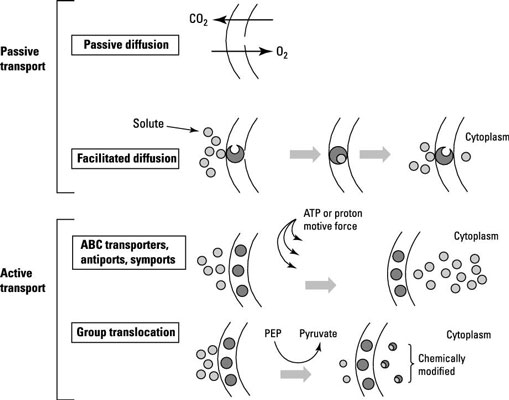



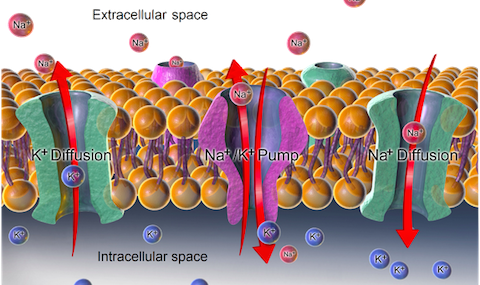
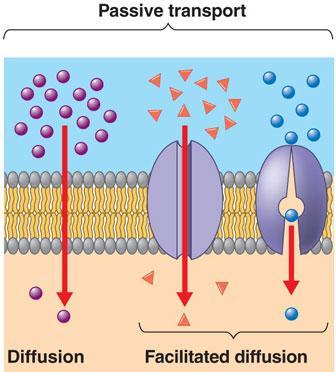
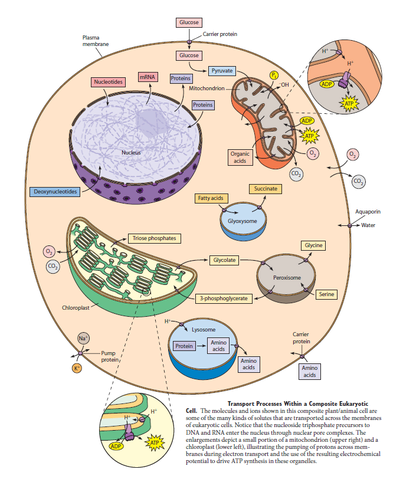




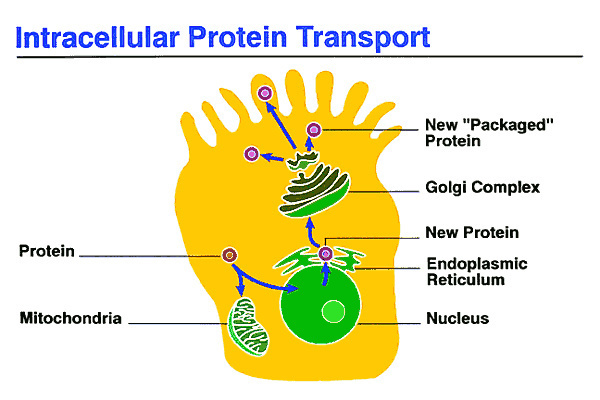
/electron-transport-chain-58e3be435f9b58ef7ed96112.jpg)

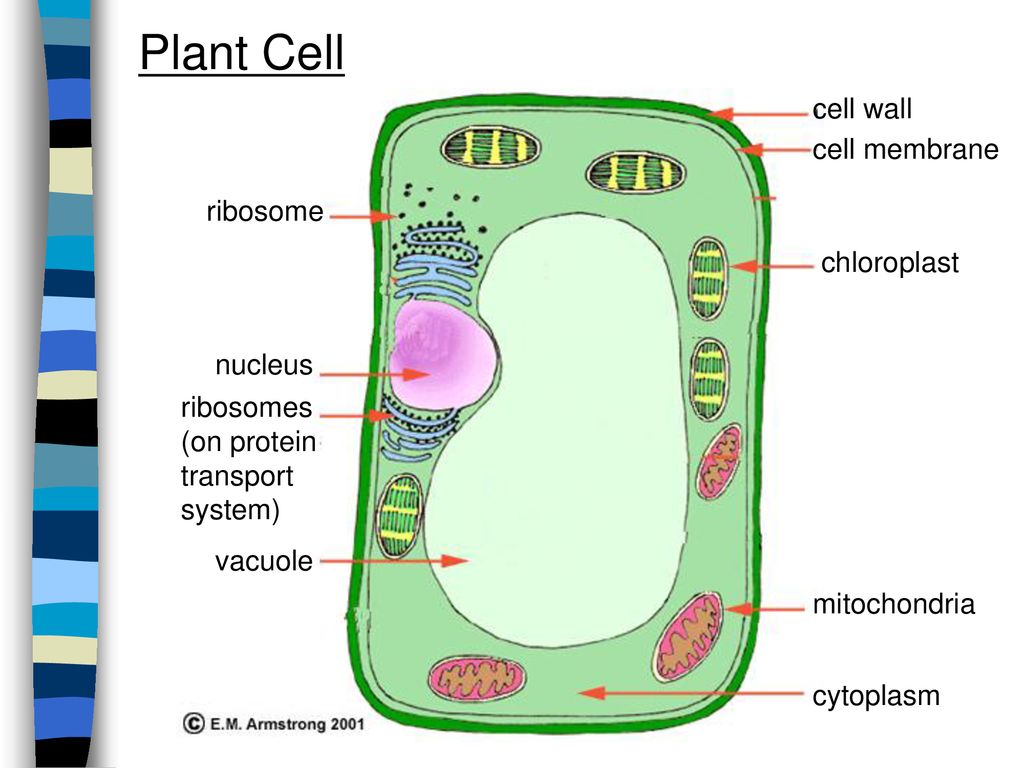



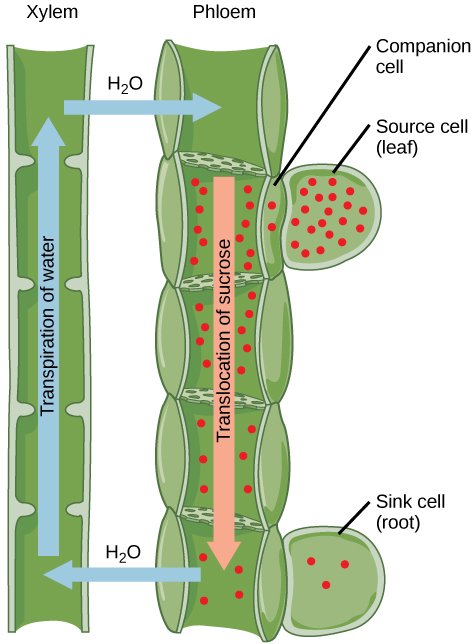







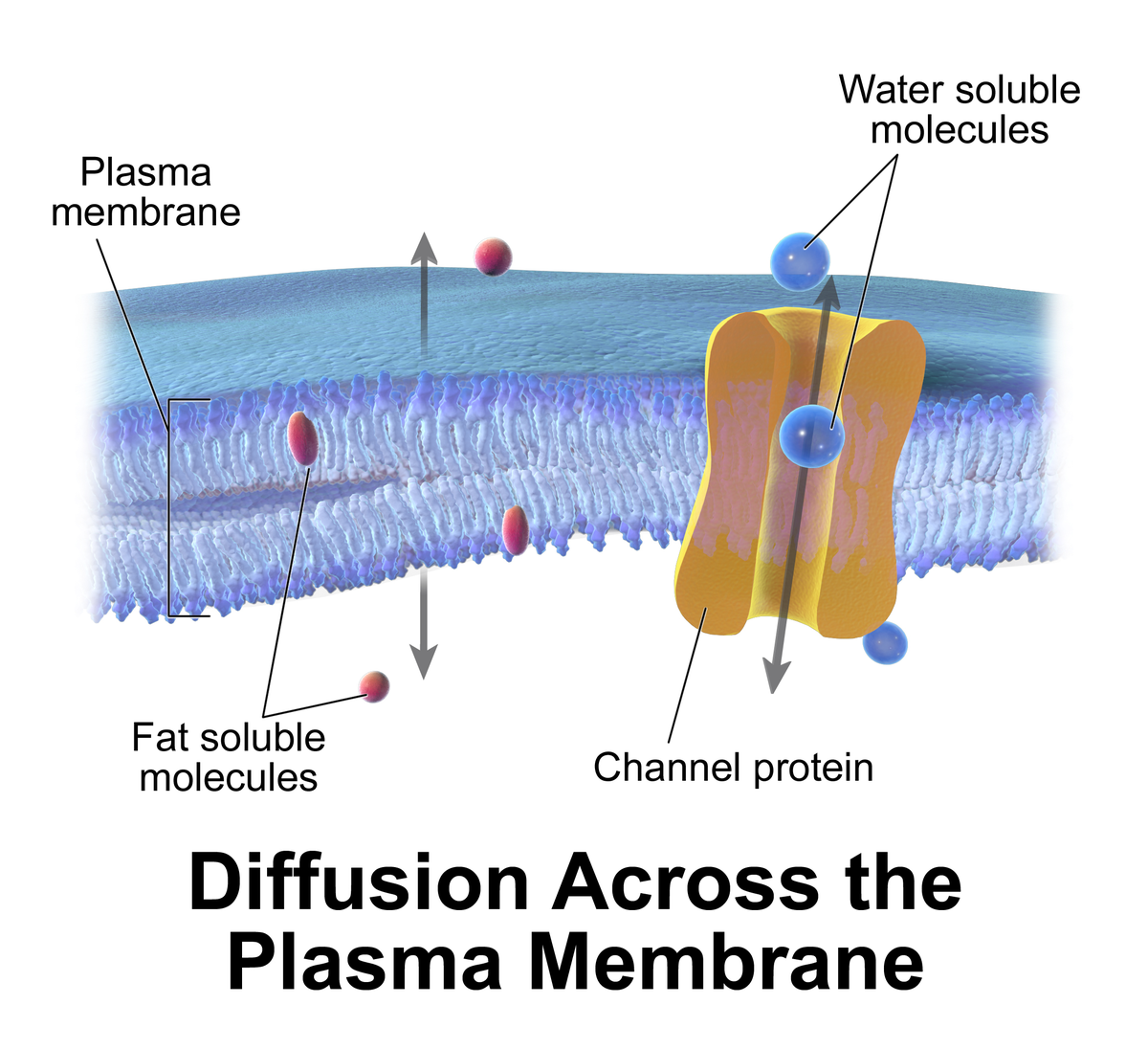
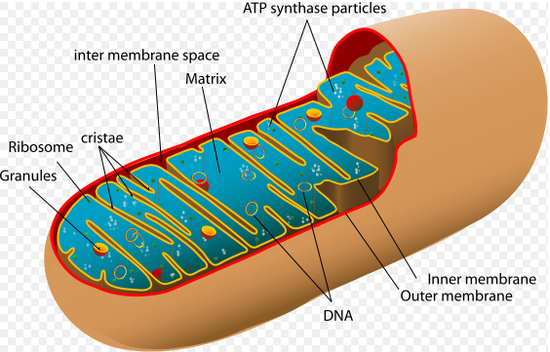
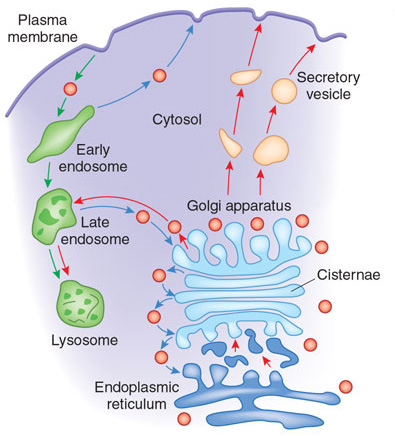

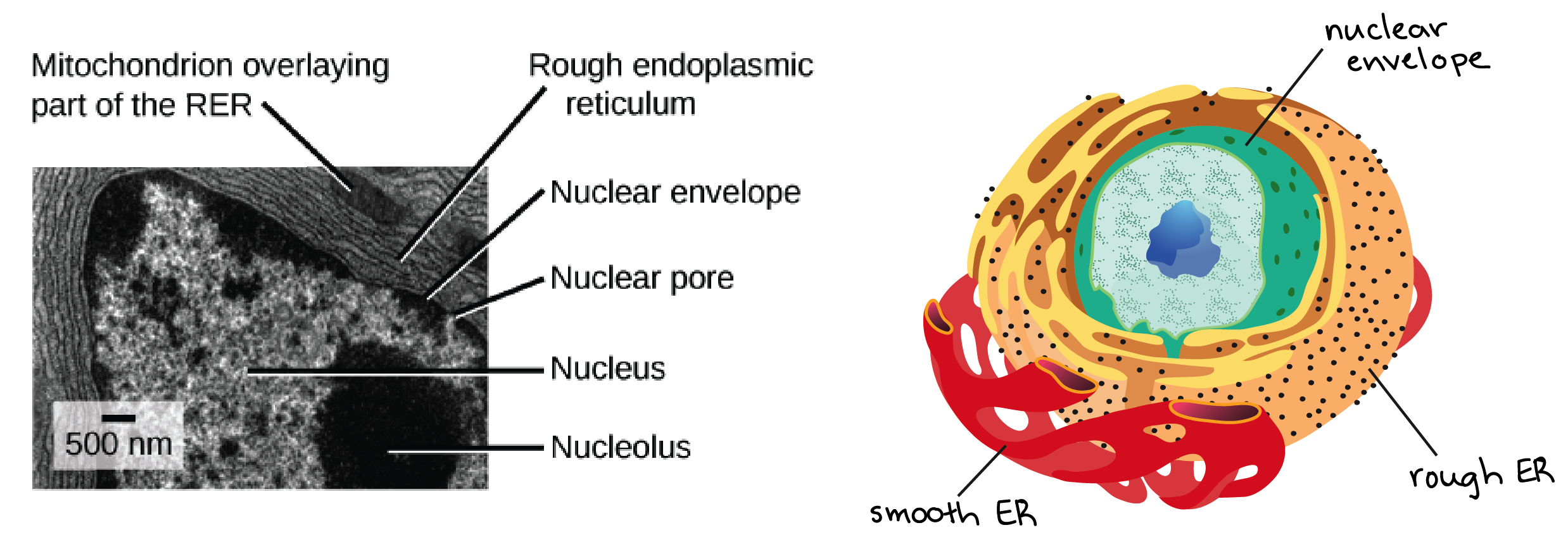


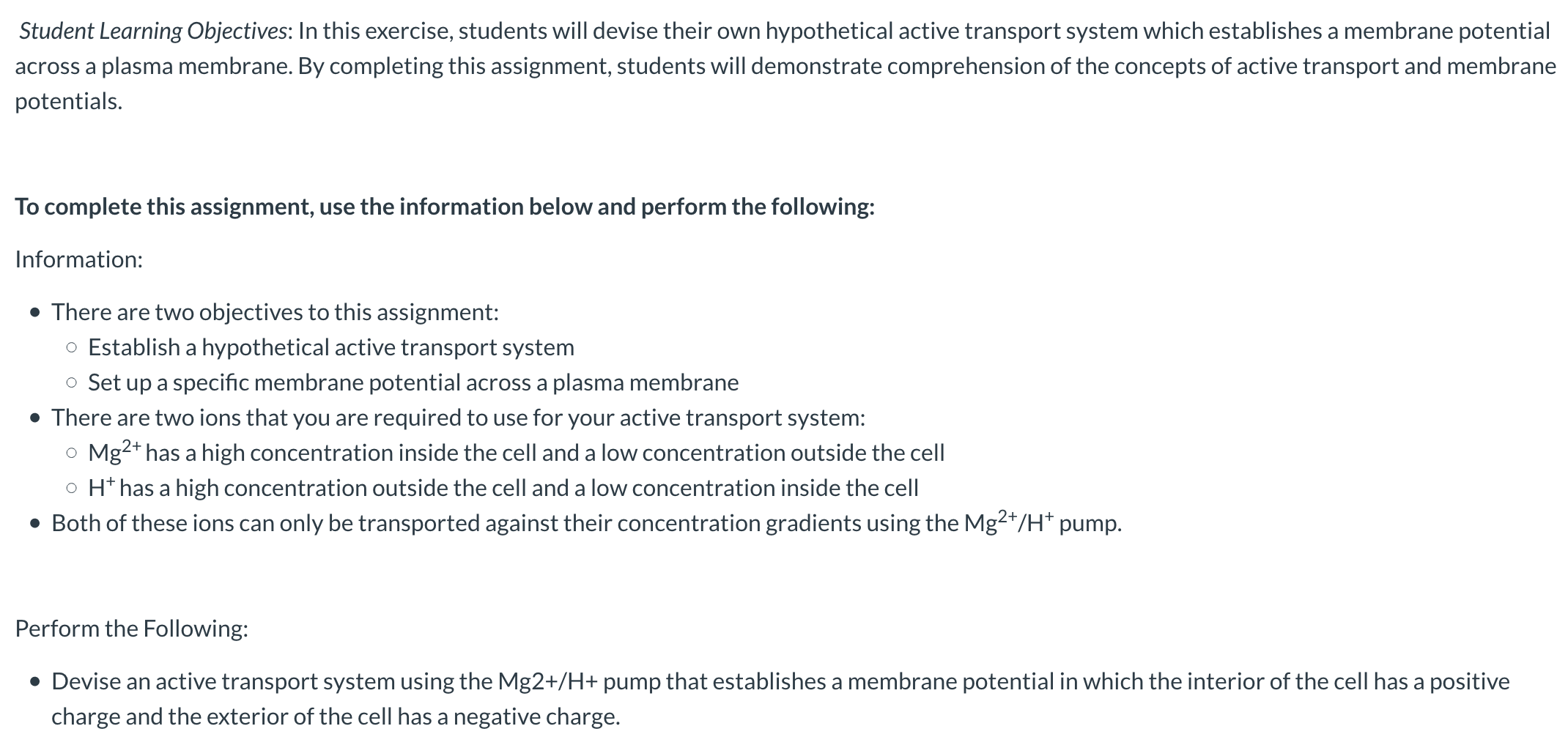
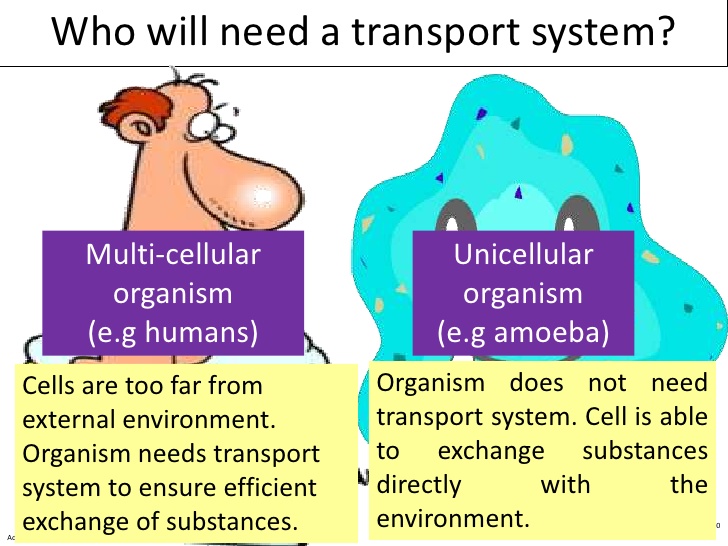
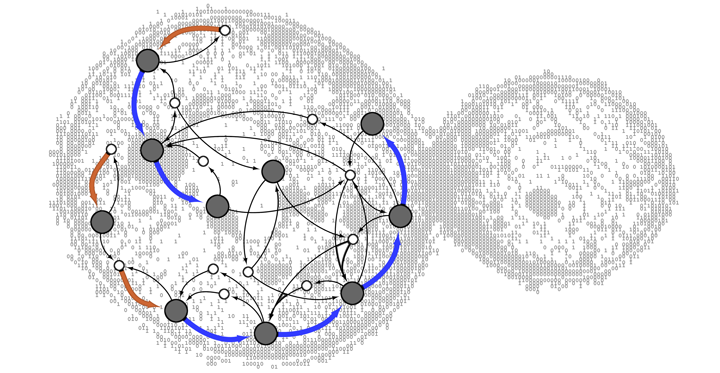
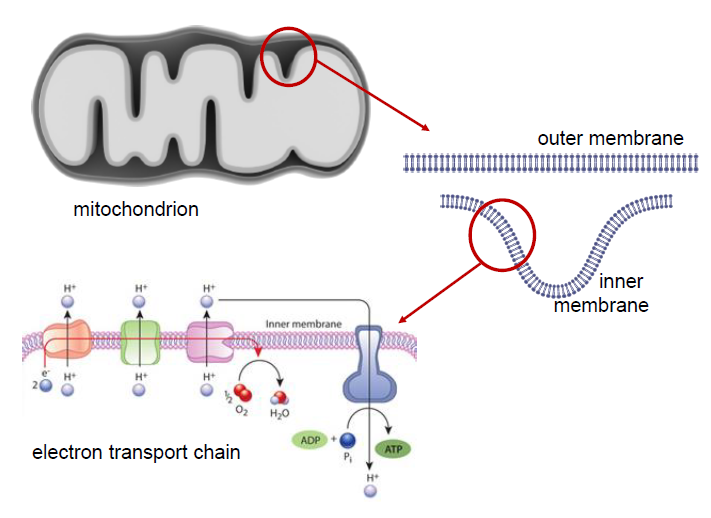
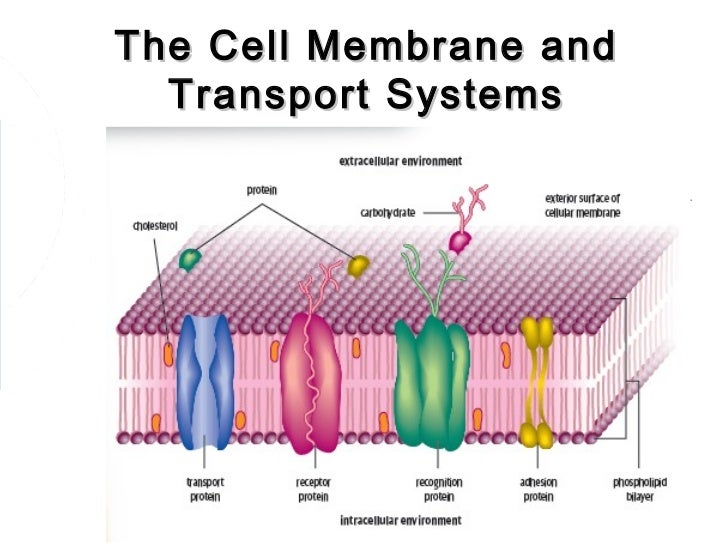


Post a Comment for "Transport System Within The Cell"